Cork Hurling: No set formula as Midleton mix puckout strategy in first two games
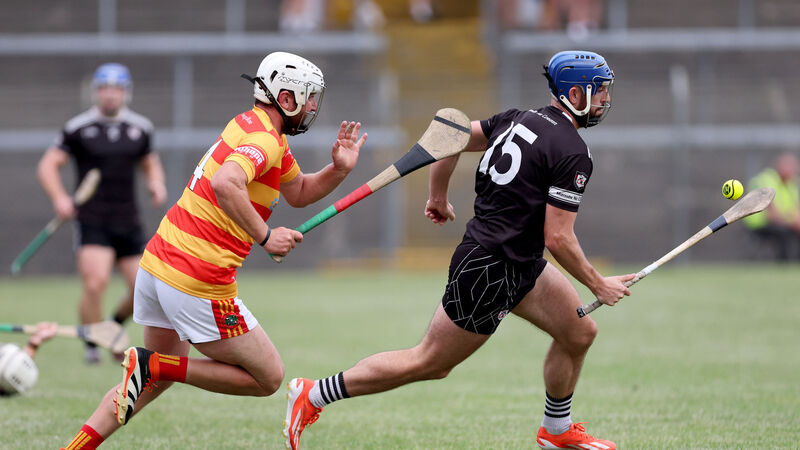
Patrick White, Midleton, is chased by James Kelleher, Newcestown. Picture: Jim Coughlan.
One of only two from the so-called big five clubs not to open with back-to-back wins, Midleton are next under the microscope in this run of puckout breakdowns.
If Sarsfields and Glen Rovers have shown a degree of order in their restarts, Midleton are certainly more freeform. There’s no obvious template.
The sense is that Brion Saunderson has been given licence to weigh up the picture and pick the option in front of him that he sees fit.
The spread tells its own story. Of 51 restarts across the two games, just four landed in that middle corridor between the two 65s. Stretch the range out to both 45s and the tally rises to 21, but still, more than half of Midleton’s puckouts were either drilled deep on top of the opposition full-back line or played short to corner- or wing-backs. That latter route was leaned on heavily in the draw with Newcestown, particularly after the break.
Against Newtownshandrum in round one, the numbers almost contradict the eye test. Midleton were in control from the off, yet the puckout battle was evenly split: 59.25% retention for Midleton (16/27) compared to 60% (18/30) for Newtown.
Curiously, Midleton were more effective into the breeze, winning 10 of 15 in the second half compared to six of 12 with the wind behind them in the first. That fact still stands when you remove their short puckouts from the equation.
Newtown tried different things, short on six restarts in the opening half, then longer and more central after the break. It was then that Seán O’Meara’s influence came into its own, patrolling the half-back line and swallowing ball after ball. Midleton may not have been dominant, but the outcome never felt in doubt, either.
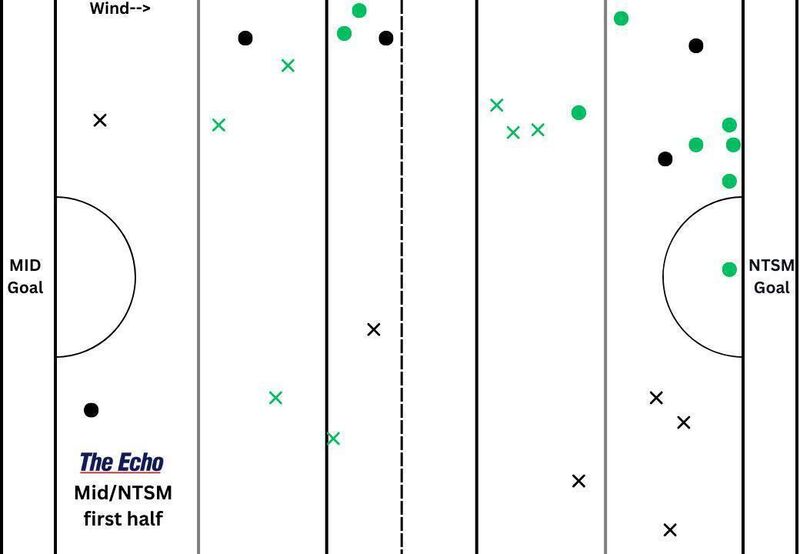
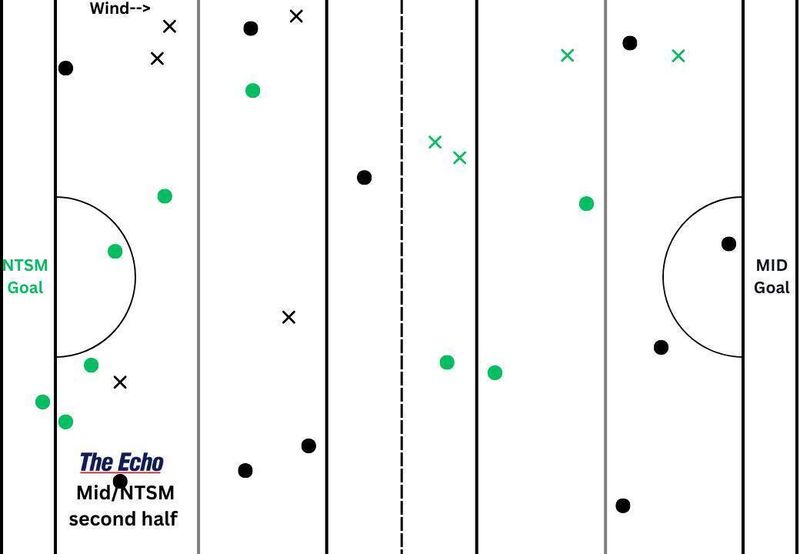
The draw with Newcestown was the opposite. Midleton never imposed themselves, even if the raw figures flatter them. Seventeen wins from 24 puckouts (70.8%) against just 8/25 (32%) for Newcestown. It’s those numbers that completely mask how the game actually panned out.
Only two of Newcestown’s restarts were short. Only two more landed shorter than Midleton’s 65. The remaining 21 were fired in long, on top of Midleton’s defence, and almost exclusively central.
Tommy O’Connell, stationed at wing-forward, profited immediately when Saunderson picked him out for a goal inside the opening minute. But Newcestown’s response was to hammer the Midleton half-back and full-back lines relentlessly, especially with the wind after the change of ends.
He spent the majority of the second half stationed too far forward to aid the Magpies’ defence.
The long-puckout pressure from Newcestown forced Midleton mistakes, turnovers, and even two scores directly off puckouts that landed inside Midleton’s ‘D’ that the Carbery club had initially lost.
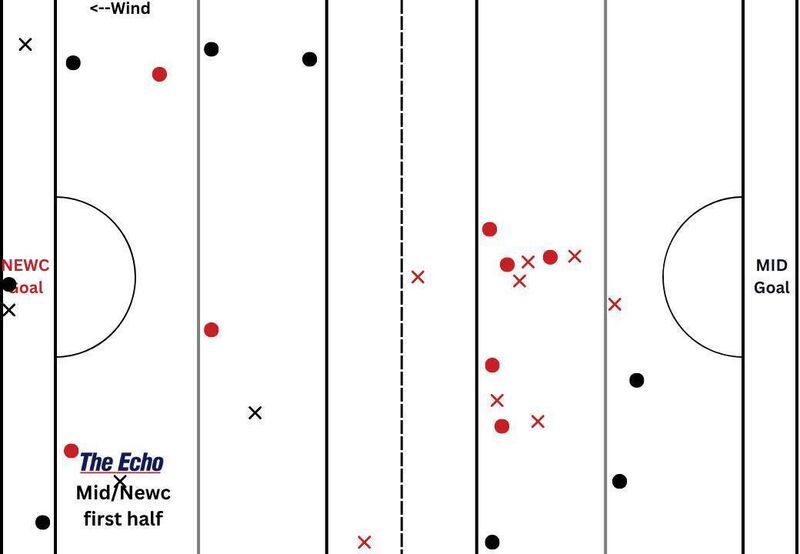
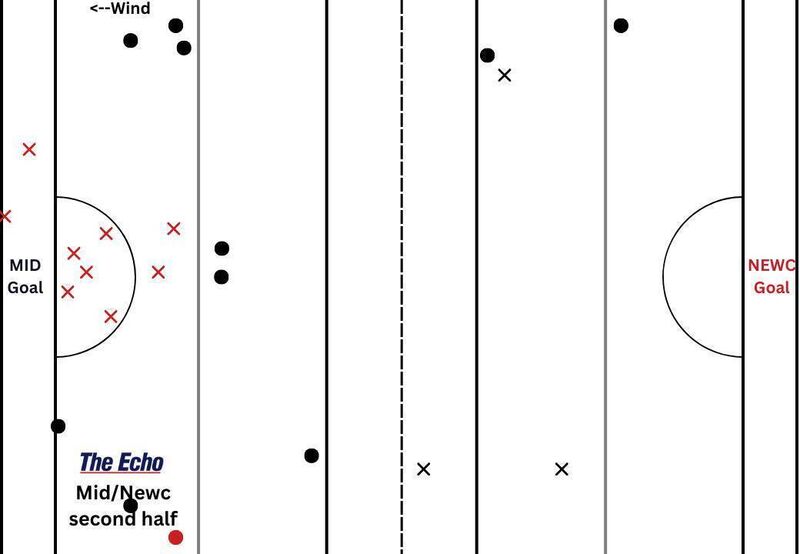
So what are we left with? A picture of variety, and without a clear pattern.
Midleton have mixed it well, long and short, though rarely central. Both long and short have yielded returns. But they’ve found it hard to retain ball down their right flank, and that could become a problem for stronger sides down the line, assuming of course, that Midleton pick up the necessary outcome on Sunday to reach the knockout stages.
Saunderson is well able to go long, even without the aid of a breeze. He’s proven that over the last few seasons. It’s an aspect to their game they will likely lean on more against Charleville.

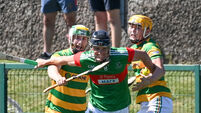
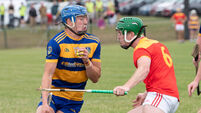








 App?
App?







